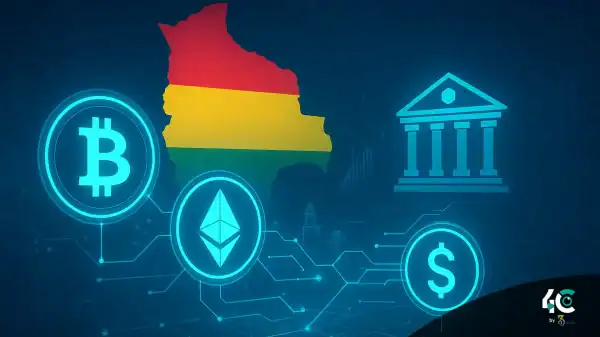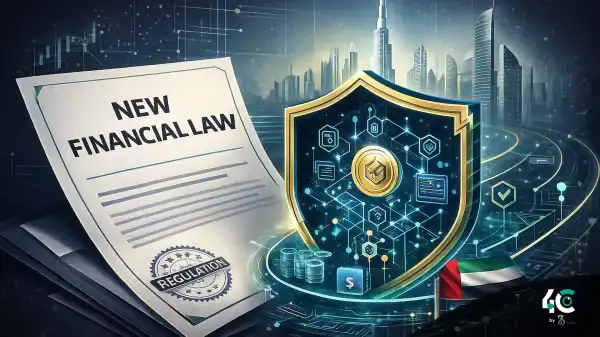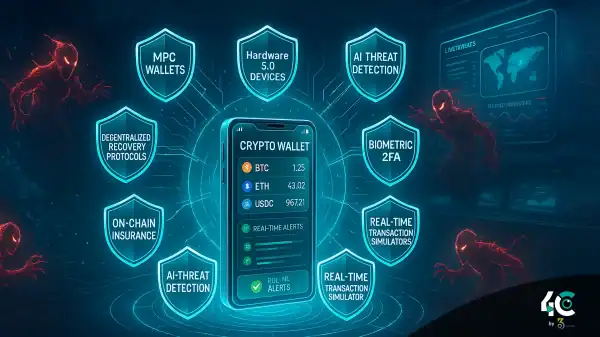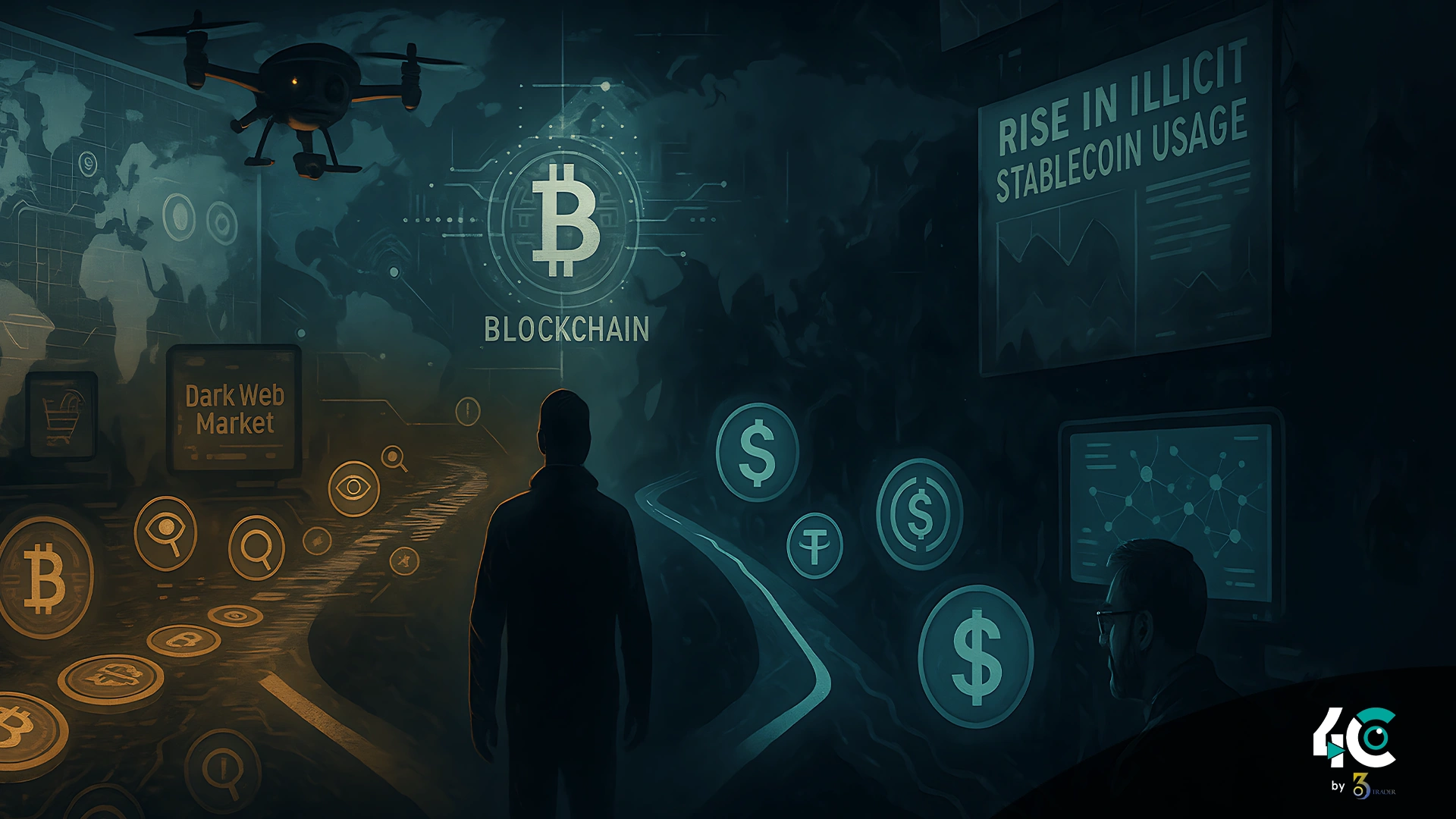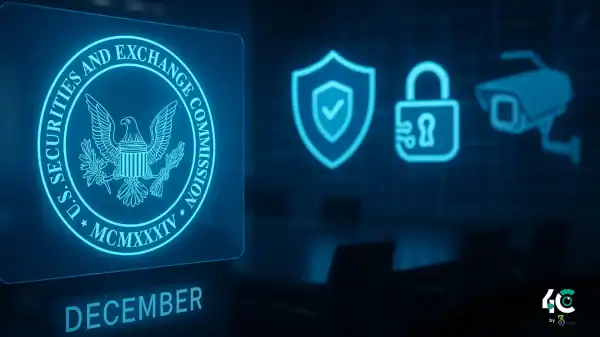Stablecoins are playing a growing role in illicit crypto transactions, raising concerns among regulators about their misuse in money laundering and fraud.
The Decline of Bitcoin in Illicit Transactions
For many years, Bitcoin has always been associated with crime due to its essential pseudonymity and decentralization. High-profile cases such as the Silk Road marketplace and ransomware attacks have established Bitcoin as the currency of choice for illegal activity. However, regulatory enforcement actions were taken against the use of Bitcoin for illicit financing with the help of blockchain analysis software.
Why Criminals Prefer Stablecoins
- Stablecoins do not get the volatility bitcoin is getting. Thus, you are able to send millions without worrying about prices.
- Most stablecoin transactions occur on decentralized or privacy-oriented protocols, making tracking those trades difficult.
- It is easy to use stablecoins. They can cross borders and integrate into DeFi (decentralized finance). Moreover, it enables simple laundering.
Money laundering carries a low risk and high reward. With billions sitting in stablecoin circulation, the criminals can transfer funds without creating any waves in the markets.
Examples of Stablecoin Misuse
- Cyber criminals have been demanding ransomware payments in stablecoins instead of bitcoins because they settle faster and are cheaper.
- Criminals are using DEXs and mixing services to disguise the illicit origins of stablecoin funds.
- There are increasing acceptance of stablecoins at illegal markets. Stablecoins are being referred to as more stable and convenient.
Implications for the Financial System
Using stablecoins for illicit activity increases as their popularity grows and threatens the financial system.
1. Undermining Anti-Money Laundering Efforts
Stablecoins are in trouble: a sign that helpful decentralized platforms are losing their way. Therefore, the online criminals can bypass the anti-money laundering (AML) controls.
2. Threatening Consumer Protection
Misuse of stablecoins may create a distrust of these assets, which would be harmful for their legitimate users making daily payments or remittances.
3. Destabilizing Markets
When the issuer does not adequately back their tokens, the stablecoin’s reserves become destabilized. The larger market feels the effects of this panic.
How Regulators Are Responding
It is essential to regulate stablecoins to ensure that they are not misused, and the interest groups are opting for it.
1. Strengthening KYC/AML Requirements
Regulators urge stablecoin issuers and exchanges to step up KYC, AML measures (15 Words) For example.
- The Treasury Department of the US has proposed new stricter reporting rules of stablecoin transactions above a limit.
- As per the EU, the issuers of stablecoin must be clear about MiCA rules
2. Monitoring DeFi Ecosystems
More anonymous stablecoin transfers are flowing towards DeFi platforms. Regulators want to keep a watch on DeFi yet not hamper its development.
3. Collaborating Internationally
Stability of stablecoins depends on global cooperation as they cross borders. Groups like the Financial Action Task Force (FATF) want to impose uniform standards for stablecoin regulation and to prevent their misuse.
Challenges in Combating Stablecoin Misuse
Despite regulatory efforts, several obstacles remain.
1. Decentralization vs. Oversight
Enforcing compliance is hard, as DEXs are permissionless and several stablecoin systems are decentralized.
2. Privacy Coins and Mixers
Criminals are tough to trace using a stablecoin who uses a tumbler or mixer.
3. Rapid Innovation
The ever an evolving world of stablecoin and DeFi is proving to be a challenging ground for regulators to upgrade their tool set.
In Conclusion—Working Out the Stablecoin Problem
Criminals Are Swapping Bitcoin for Stablecoins to Avoid Scrutiny on Illegal Activity. The way criminals use cryptocurrency has changed significantly. Those who misuse stablecoins weaken confidence in the whole crypto ecosystem. They also destabilize financial systems, even if they serve genuine users.
To fix this trend, regulators must learn to regulate without stifling innovation and vice versa. We can increase the transparency of stablecoins via regulation, improve monitoring, and provide international cooperation to better tackle crime.
For stakeholders in the crypto space, vigilance is key. With appropriate persons and responsible practices, these Can bring an positive impact to society – and not evil like cash.
Conclusion
Criminals are opting for stablecoins. The Bitcoin alternatives are less volatile and offer some anonymity to its users. The domestic markets and offshore markets suffer damage to their financial integrity from scams and similar crimes. In light of increased pressure, regulators will further tighten KYC/AML and monitor DeFi to improve international cooperation. However, enforcement becomes more difficult due to decentralization and innovations. Appropriate usage of stablecoins prevents investors from misusing coins in a very effective manner.


